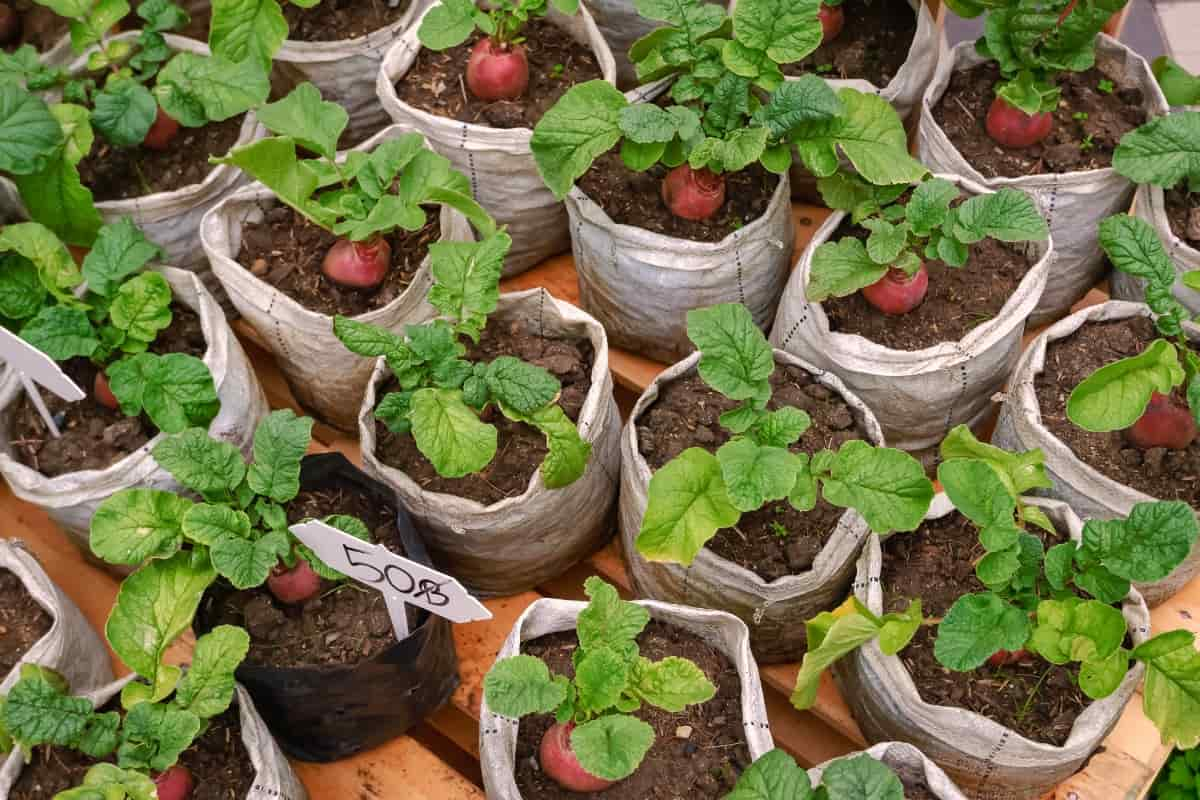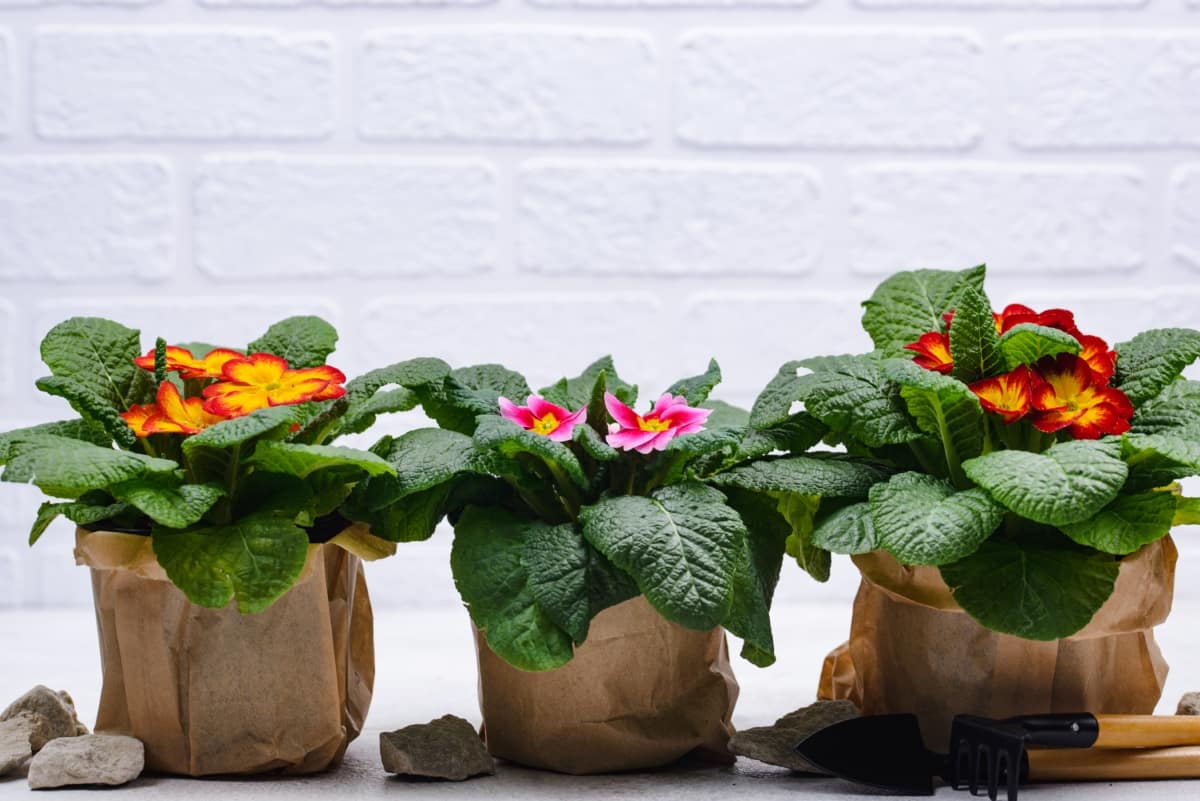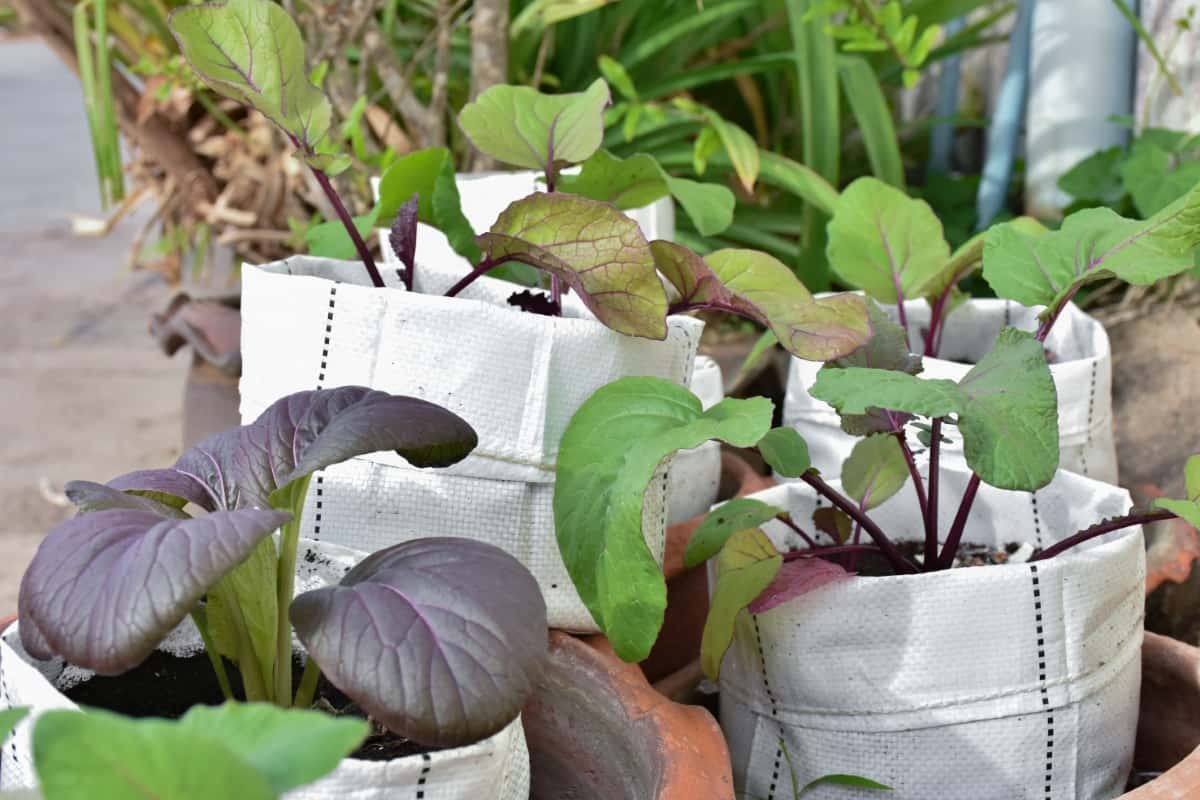Urban gardening, also known as compact vegetable gardening, has seen a significant rise in popularity in recent years, driven by a growing awareness of environmental sustainability, food security concerns, and the desire for fresh, homegrown produce that leads to sustainable urban agriculture. This trend is mainly evident in urban areas where space is limited, and traditional gardening methods may be impractical. One solution that has gained traction among urban gardeners is urban grow bag gardening.
Advantages of Using Grow Bags in Urban Areas
- Grow Bags for Small Spaces: Grow bags can be placed on balconies, terraces, rooftops, or even indoors, making them ideal for urban settings where space is limited.
- Portable Gardening in the City: Unlike traditional garden beds, grow bags can be easily moved around to optimize sunlight and space.
- Good Drainage: Grow bags typically have excellent drainage, preventing waterlogging and root rot.
- Less Soil Contamination: Since grow bags use fresh soil each season, they reduce the risk of soil-borne diseases and pests.

Urban Gardening in Grow Bags
Choosing the Right Grow Bags for Your Space
Fabric vs Plastic: Pros and Cons
Fabric grow bags are preferred by many urban gardeners due to their breathable nature, which allows for air pruning of the roots and prevents overheating of the soil. Fabric grow bags also tend to be more lightweight and portable than their plastic counterparts, making them easier to move around as needed. Plastic grow bags may be more suitable for rooftop gardening solutions with high wind exposure, as they are more durable and less likely to tear or degrade over time.
Plastic bags also retain moisture better than fabric bags, which can be beneficial in hot, arid climates or for water-intensive plants. Along with these options, create DIY urban grow bags by repurposing old fabric or burlap sacks. Cut the material to the desired size and stitch the edges to form a bag.
Size and Material Considerations for Urban Settings
- Size: Choose grow bags that fit the available space and the plants you want to grow. Consider the depth required for root development.
- Material: Opt for UV-resistant and breathable materials to prevent overheating and promote air circulation.
Selecting Suitable Plants for Grow Bag Cultivation
Best Vegetables and Herbs for Urban Grow Bags
Edible plants for urban grow bags include tomatoes, peppers, cucumbers, lettuce, spinach, and root vegetables like carrots and radishes, and urban herb gardening options include herbs like basil, mint, and parsley. These plants are well-adapted to the confined space of a grow bag and can provide a bountiful harvest with proper care.
Ornamental Plants and Flowers for Aesthetic Urban Gardens
In addition to edible plants, ornamental plants, and flowers can add beauty and visual interest to your urban container gardening. Popular options for grow bag cultivation include ornamental grasses, flowering annuals like petunias and marigolds, and trailing vines like sweet potato vines or ivy. These plants can be arranged creatively to create a stunning display in even the smallest urban spaces.
Preparing Your Grow Bags for Planting
Soil Mixes and Amendments for Healthy Growth
- Potting Mix: Use potting mix with perlite or vermiculite for added aeration.
- Compost: Incorporate compost or organic matter to improve soil fertility and structure.
- Slow-Release Fertilizer: Add a balanced fertilizer to provide essential nutrients throughout the growing season.
Drainage and Aeration Tips for Urban Environments
- Elevate Grow Bags: Place grow bags on saucers or trays to allow excess water to drain freely.
- Avoid Compaction: Regularly loosen the soil to prevent compaction and promote root growth.
- Mulching: Apply mulch to hold moisture and regulate soil temperature.
In case you missed it: From Bag to Table: Growing Sweet Potatoes in Grow Bags

Strategic Placement of Grow Bags in Urban Spaces
Maximizing Sunlight and Space on Balconies and Terraces
- Orientation: Position grow bags where they receive at least 6-8 hours of sunlight per day, preferably in south-facing locations.
- Vertical Gardening: Utilize vertical space with trellises or hanging baskets for vining plants like tomatoes and cucumbers.
- Grouping Plants: Arrange grow bags closely together to create microclimates and reduce moisture loss.
Indoor vs. Outdoor Considerations
- Indoor Gardening with Grow Bags: Choose low-light-tolerant plants like herbs and leafy greens for indoor grow bags. Provide adequate ventilation to prevent humidity buildup.
- Outdoor Gardening: Monitor moisture levels closely, as grow bags in outdoor settings may dry out more quickly due to exposure to wind and sunlight.
Watering and Nutrient Management in Urban Grow Bags
Efficient Watering Techniques for City Gardeners
- Watering Frequency: Check soil moisture regularly and water when the top soil is dry. Water your plants deeply and infrequently, allowing the soil to dry out slightly between waterings. Use a garden watering can with a gentle spray nozzle to prevent disturbing the soil or damaging delicate plant roots.
- Watering Methods: Use watering cans with narrow spouts to deliver water directly to the base of plants without splashing foliage.
Organic Fertilization Strategies for Small-Scale Gardens
Plants in grow bags will require regular fertilization to replenish essential nutrients that may become depleted over time. Organic fertilizers are an excellent choice for urban gardens, as they are safe for the environment and promote healthy soil biology. Look for slow-release or water-soluble fertilizers formulated specifically for container gardening, and follow the manufacturer’s instructions for application rates and frequency.
- Compost Tea: Brew compost tea to enrich the soil with beneficial microorganisms and nutrients.
- Liquid Fertilizers: Dilute organic liquid fertilizers like fish emulsion or seaweed extract and apply them according to package instructions.
Pest and Disease Control in Urban Gardening
Identifying and Managing Common Urban Pests
- Aphids: Insecticidal soap or neem oil should be used to treat aphid infestations on vegetable plants.
- Whiteflies: Introduce natural predators like ladybugs or use yellow sticky traps to capture whiteflies.
- Powdery Mildew: Improve air circulation and avoid overhead watering to prevent powdery mildew on foliage plants.
Organic Solutions for Disease Prevention
- Use disease-resistant varieties: Opt for plant varieties that are resistant to common diseases in your area.
- Practice good hygiene: Keep your gardening tools clean and disinfected to prevent disease spread between plants.
- Proper watering: Avoid overwatering, as it can create conditions favorable for disease development. Water in the morning to allow foliage to dry out during the day, reducing the risk of fungal diseases.
- Mulching: Mulch around your plants to suppress weeds and reduce soil splashing, which can spread diseases.
In case you missed it: Aeroponic Urban Farming: Exploring from Benefits to Setup

Seasonal Care and Crop Rotation
Adapting Grow Bag Gardens to Seasonal Changes
- Spring: Start with cool-season crops like lettuce and spinach and gradually transition to warm-season crops like tomatoes and peppers as temperatures rise.
- Summer: Provide shade and adequate moisture to prevent heat stress in plants during hot summer months.
- Fall: Extend the growing season by planting cold-tolerant crops like kale and carrots and protecting them from early frost with row covers or cloches.
Benefits of Crop Rotation in Urban Settings
- Disease Management: Rotating crops helps prevent the buildup of soil-borne pathogens and reduces the need for chemical interventions.
- Soil Health: Different plant families have varying nutrient requirements, and rotating crops helps maintain soil fertility and balance.
Gardening with Grow Bags in Apartment Balcony
- Vertical Gardening with Grow Bags: For balcony gardening with grow bags, Hang grow bags from railing hooks or wall-mounted brackets to maximize vertical space as a space-saving gardening technique.
- Tiered Shelving: Use tiered shelving units, or plant stands to create vertical gardens with multiple layers of grow bags.
- Size Considerations: Choose compact grow bags that fit the dimensions of your balcony without obstructing walkways or seating areas.
- Aesthetic Appeal: Select grow bags in colors and patterns that complement your balcony decor and add visual interest.
- Regular Watering: Check soil moisture daily, especially during hot weather, and water as needed to keep plants hydrated.
- Pruning and Harvesting: Trim back overgrown foliage and harvest ripe produce regularly to promote plant health and encourage continuous growth.
In case you missed it: Urban Rooftop Greenhouse Farming: Benefits and Challenges

Conclusion
By following these guidelines for urban grow bag gardening, apartment dwellers can enjoy the benefits of homegrown produce and beautiful greenery even in limited outdoor spaces. With careful planning and maintenance, grow bags offer a convenient and versatile solution for eco-friendly urban gardening enthusiasts to cultivate a thriving garden oasis in the midst of the cityscape.
- Feed Your Flock for Less: Top 10 Tips to Save on Chicken Feed
- Ultimate Guide to Ossabaw Island Hog: Breeding, Raising, Diet, and Care
- Hatching Answers: The Top 10 Reasons Your Chickens Aren’t Laying Eggs
- Eggs and Economics: Breaking Down the Cost of Raising Backyard Chickens
- Defend Your Greens: Proven Methods to Keep Iguanas Out of Your Garden
- Ultimate Guide to Cinnamon Queen Chicken: A Comprehensive Guide for Beginners
- Ultimate Guide to California Tan Chicken: Breeding, Raising, Diet, Egg-Production and Care
- Ultimate Guide to Marsh Daisy Chicken: Breeding, Raising, Diet, and Care
- 10 Types of Chicken Farming Businesses You Can Start for Profits